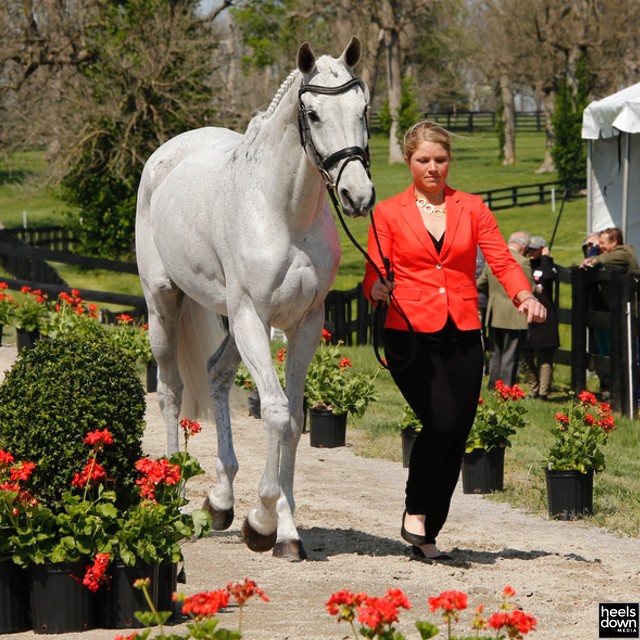Eventing Explained: Why Are Event Horses So Skinny?

It’s often heard that event horses are considered too skinny by many equestrians. Heels Down Magazine talked with equine nutritionist, Dr. Joe Pagan, about why event horses are considered to be too skinny by many.
Dr. Joe Pagan is an equine nutritionist and founder of Kentucky Equine Research. Dr. Pagan received his B.S.A. degree from the University of Arkansas in animal nutrition and received his M.S. and Ph.D. degrees from Cornell University in equine nutrition and exercise physiology. KER was formed in 1988 to be an international research, consulting and product development firm dealing in the areas of equine nutrition and sports medicine. Learn more about Kentucky Equine Research, here.
Why are event horses so skinny? I think you could turn that around to this: why are hunters so fat? That’s the real way to put that question. If you describe skinny or fat horses, there’s actually a condition scoring system.
This was developed by researchers at Texas A&M to visually assess how much body condition horses have. Basically it goes from 1 to 9, a body condition score of 1 is really skinny – welfare case skinny, and a body condition of 9 is serious obesity with health risks. A vast majority of horses reside somewhere in between. For example, brood mares might be in the neighborhood of a 6 to a 6.5.
We did body condition scoring on a bunch of horses in Wellington, Fla. We collected data on the body condition scores of hunters, jumpers, dressage horses, equitation horses, polo ponies, and pony hunters. The body condition score of the sport horses (dressage, equitation, jumpers, hunters) was a little over 6, the hunters were about a 6.3. Now, the pony hunters were 7.3, so they are considered fat. The polo ponies had a body score of about 5; if you look at race horses, they have a similar body condition score.
Fit event horses have a body score in the neighborhood of 5.5, so they carry a little more body condition than thoroughbred race horses and polo ponies. They’re still a full body condition score below hunters, jumpers, and dressage horses.
There’s a reason for this. For horses that are super athletic and have to perform strenuous work and produce a lot of heat during their work, carrying extra fat would be a bad thing. The fat does two things: it weighs the horse down and it impacts heat dissipation. If you have a horse that is doing something like the Rolex Kentucky Three Day Event, they’re generating a lot of heat during cross country. They dissipate heat through sweating and the heat being passed through the skin, so too much fat impacts their ability to cool down. Horses doing this type of work should be more on the thin and fit side than a little fat.
In the other disciplines, it’s been fashionable to carry a little bit more body condition. We’re only talking about a minimal difference, we’re still in the middle of the range. But that difference gives the appearance of a horse being a little more round and full in the rib area. Most of the competitions those horses are competing in are not as strenuous as cross country and they don’t have to dissipate heat as quickly.
When you say event horses are too skinny, what you’re really saying is they don’t have subcutaneous fat covering the ribs. It’s not that event horses are neglected or underfed. They’re not skinny, they’re fit. There’s a difference.


